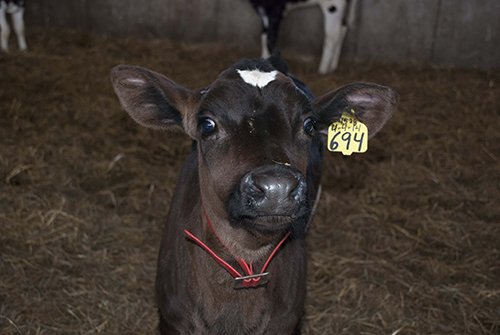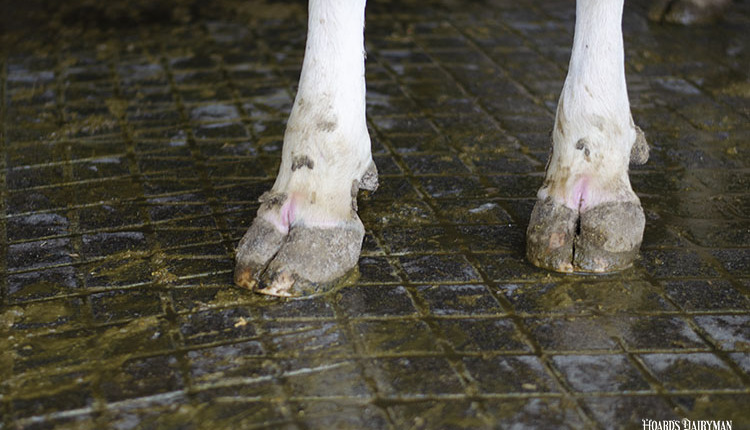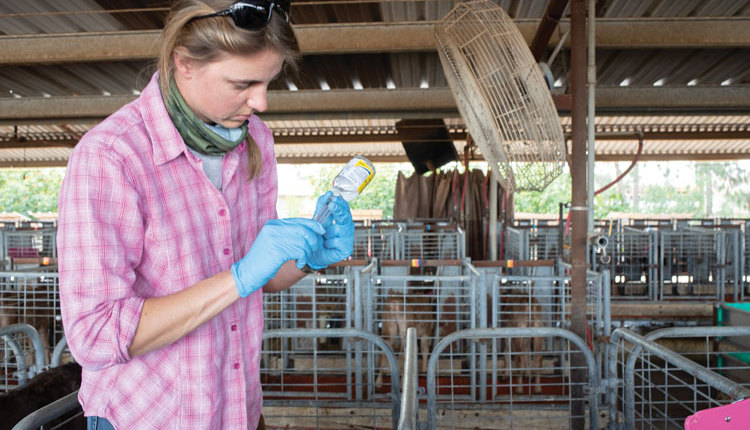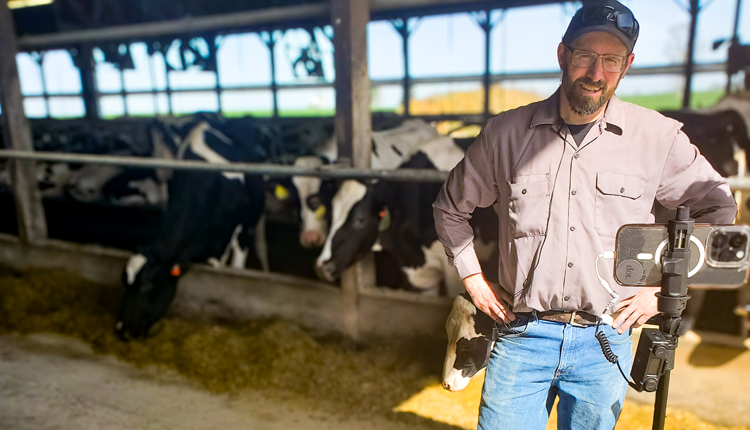
Dehorning and castrating are not two of the most favorite jobs on a farm, and the calves are likely not fans either. The reality is that both need to be done, so the American Association of Bovine Practitioners (AABP) has created guidelines to help veterinarians and livestock producers approach these tasks with animal well-being in mind.
Both practices should be completed considering the following parameters:
Age: Dehorning and castration are best done when the calf is young. Ideally, horns should be removed before the horn base grows larger than 1-inch in diameter. Castration would preferably be performed by 120 days of age.
Restraint: Calves should be restrained in a method that minimizes stress and risk of injury for both the calf and the person doing the job. This could be done chemically with a sedative or mechanically, with the use of a squeeze chute, tilt table, calf cart or halter.
Method: Acceptable methods of dehorning include cautery of the horn bud, and cutting or scooping of small horns with dehorners. Cutting and elastic bands on well-developed horns are not recommended by the AABP. Caustic paste is used most effectively within the first few days of life. Looking to the future, incorporating polled genetics is a viable option.
For castration, the use of a rubber ring or surgical removal is preferred. The most appropriate method of castration is the method determined by your veterinarian, taking into consideration the environment in which the animal is being raised.
Pain relief: According to the AABP, all methods of dehorning and castration are somewhat painful. Calves benefit from mitigation of the pain during the procedure and the healing process. Local anesthesia permits the alleviation of immediate pain and pain up to 5 hours after the procedure.
Anti-inflammatories have been used effectively to mitigate post-procedural pain. Long acting non-steroidal anti-inflammatories should be used to extend the period of pain control.
You can find the full document with the AABP guidelines for dehorning and castration at http://aabp.org/about/AABP_Guidelines.asp.

The author is an associate editor and covers animal health, dairy housing and equipment, and nutrient management. She grew up on a dairy farm near Plymouth, Wis., and previously served as a University of Wisconsin agricultural extension agent. She received a master's degree from North Carolina State University and a bachelor's from University of Wisconsin-Madison.











